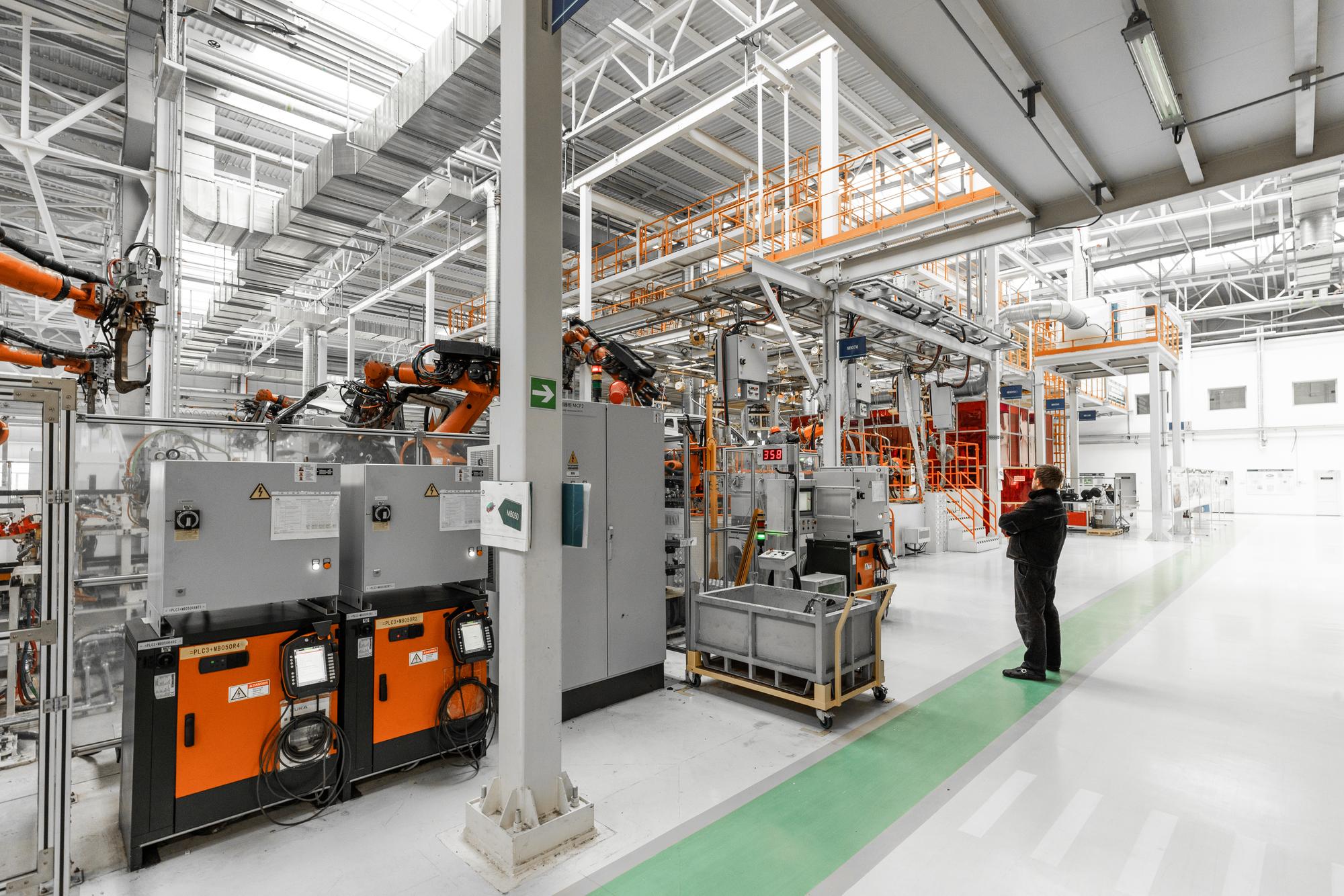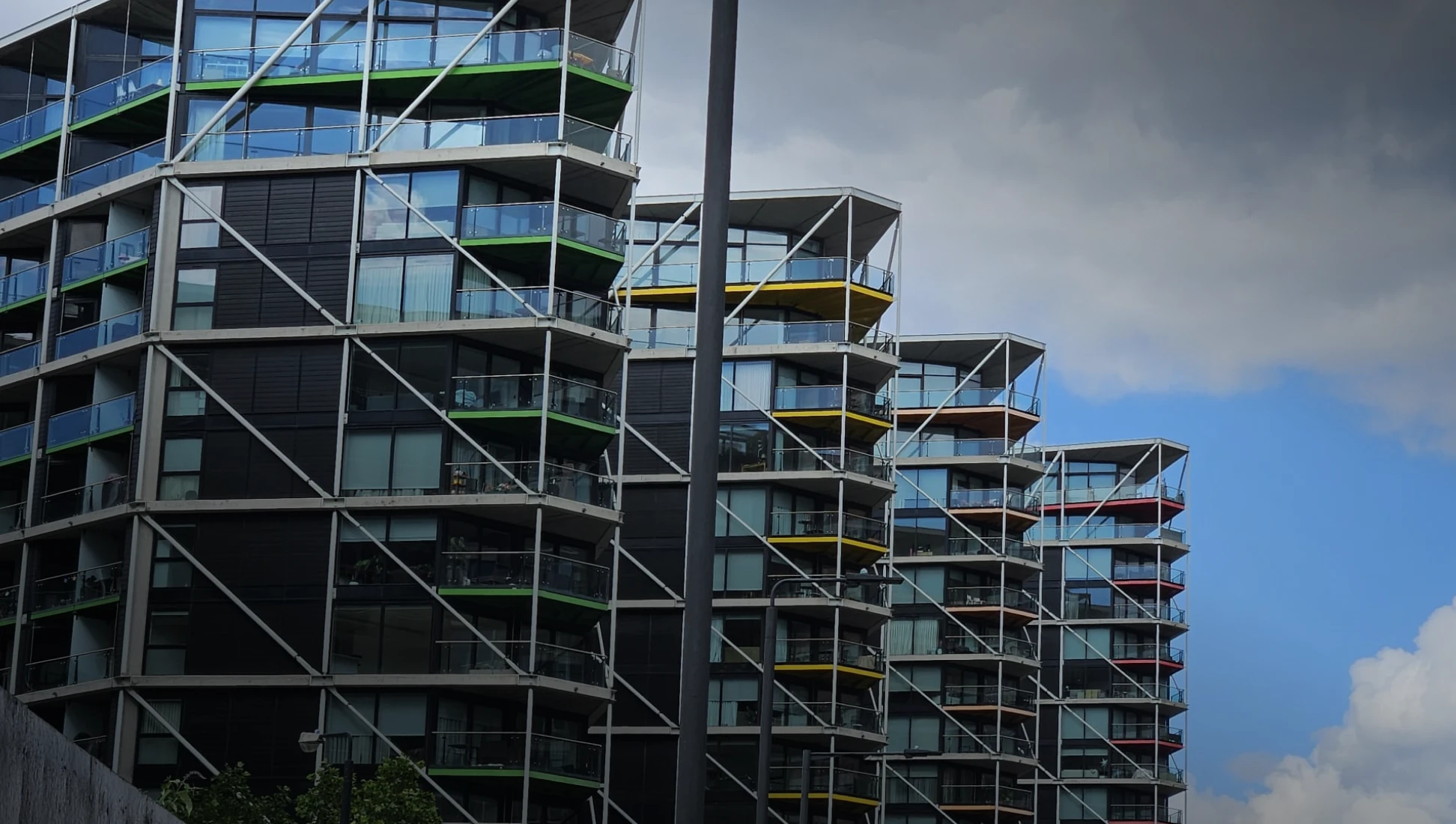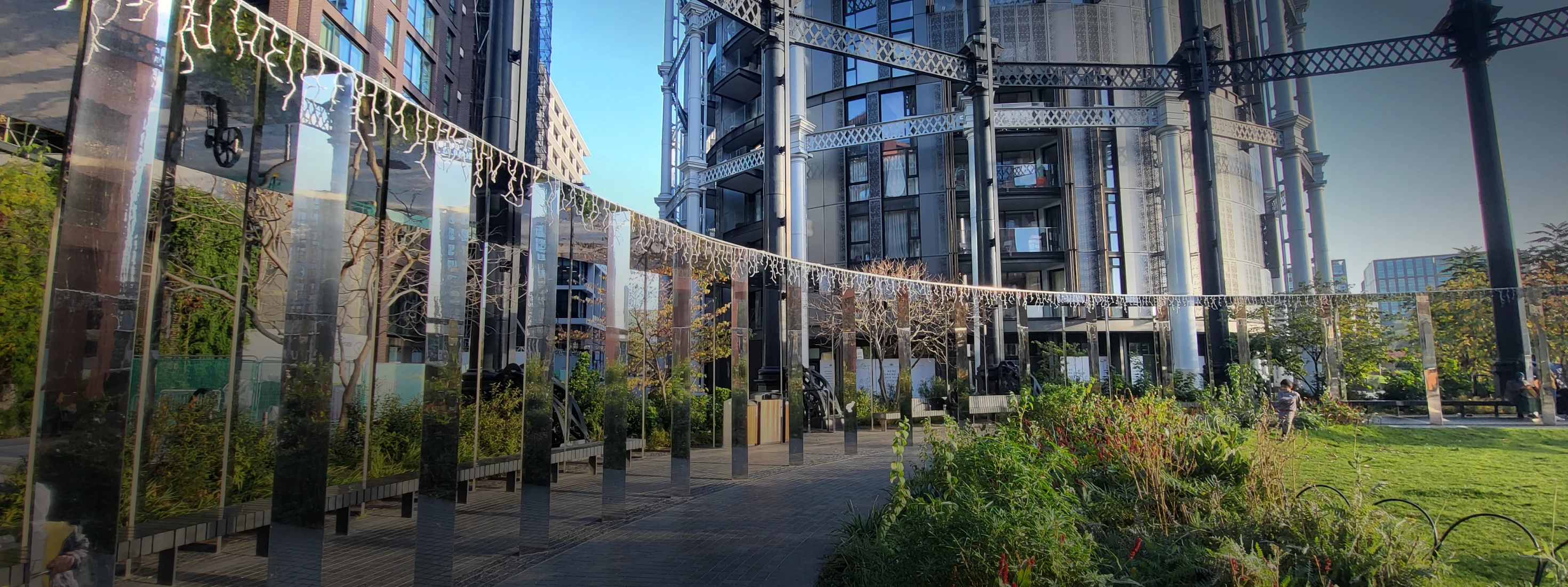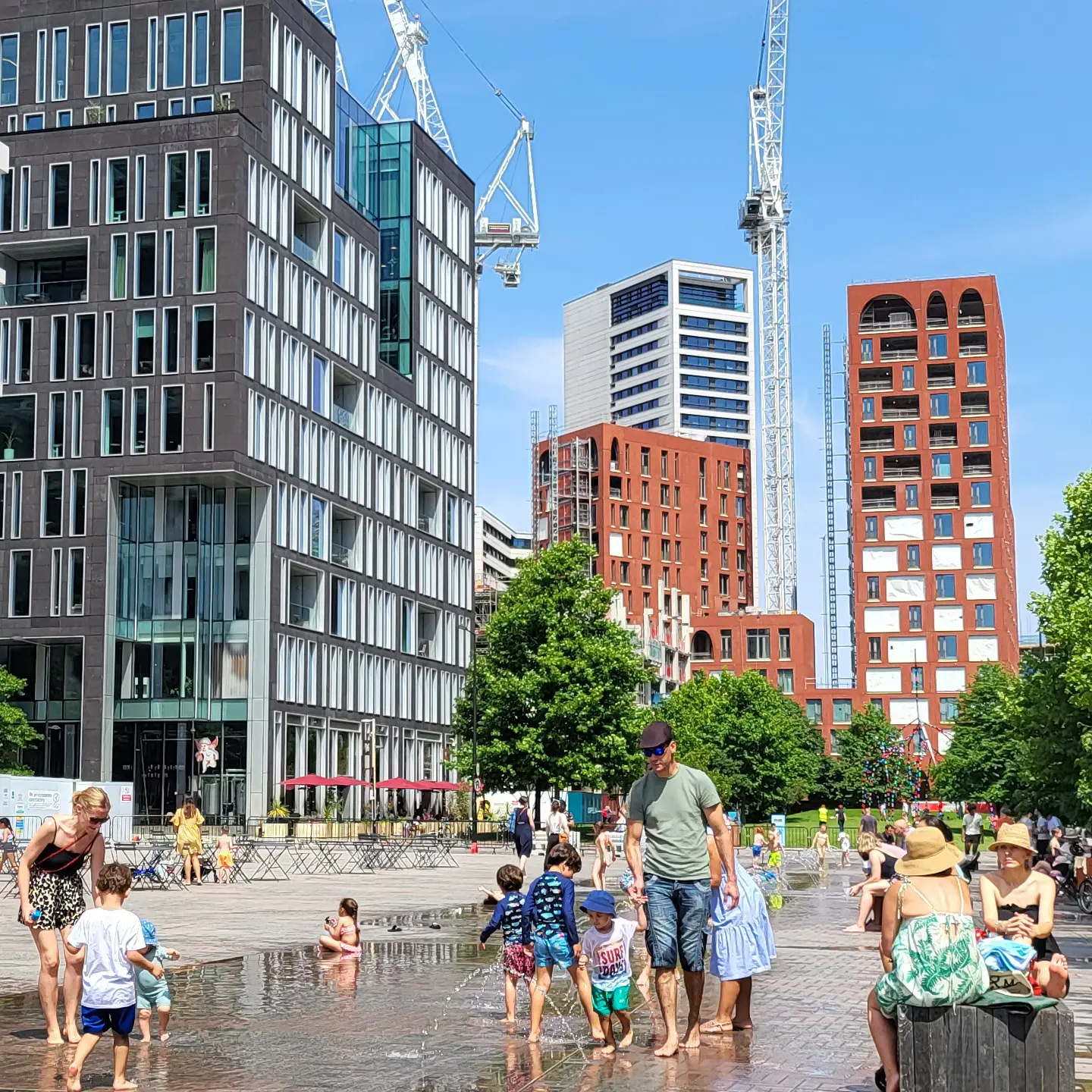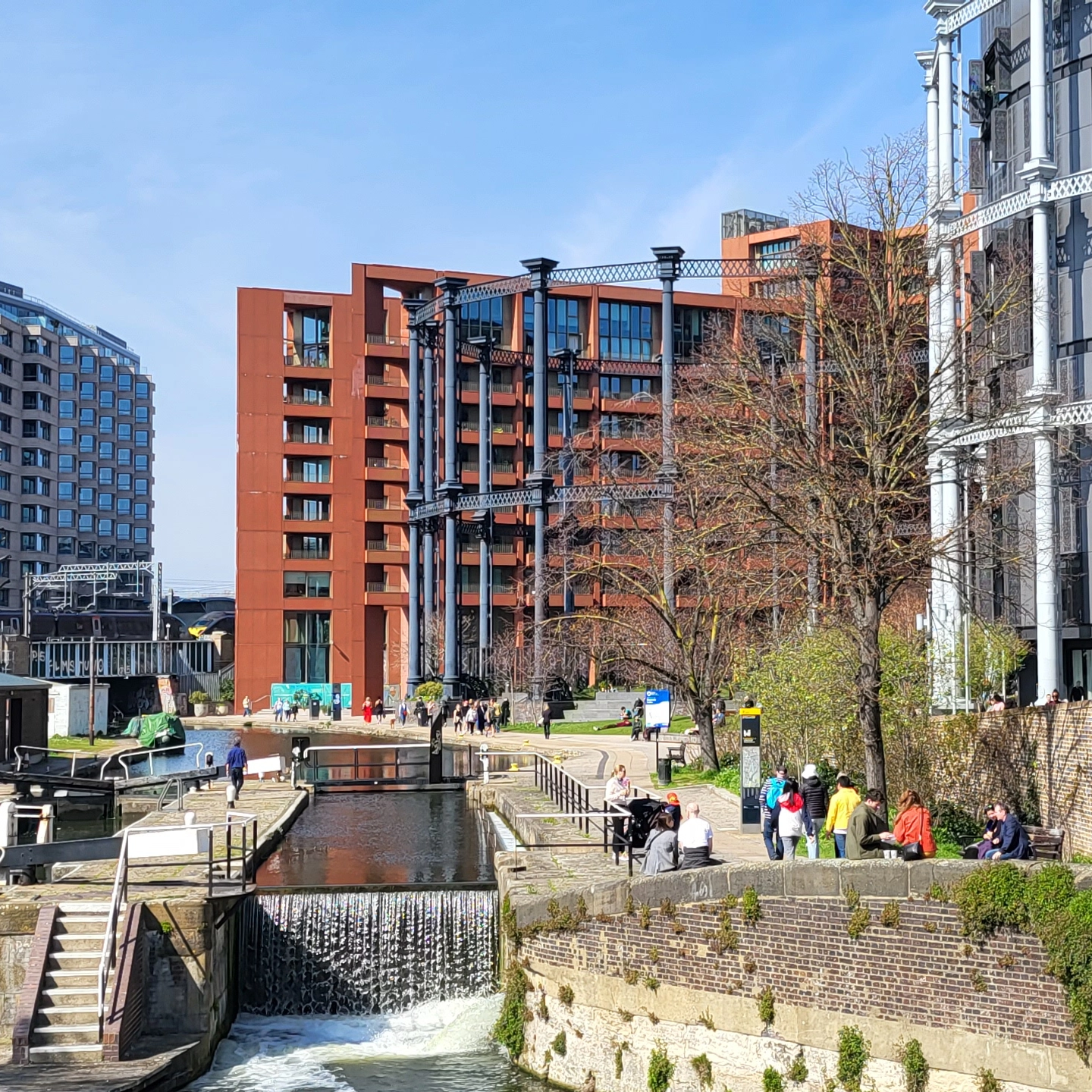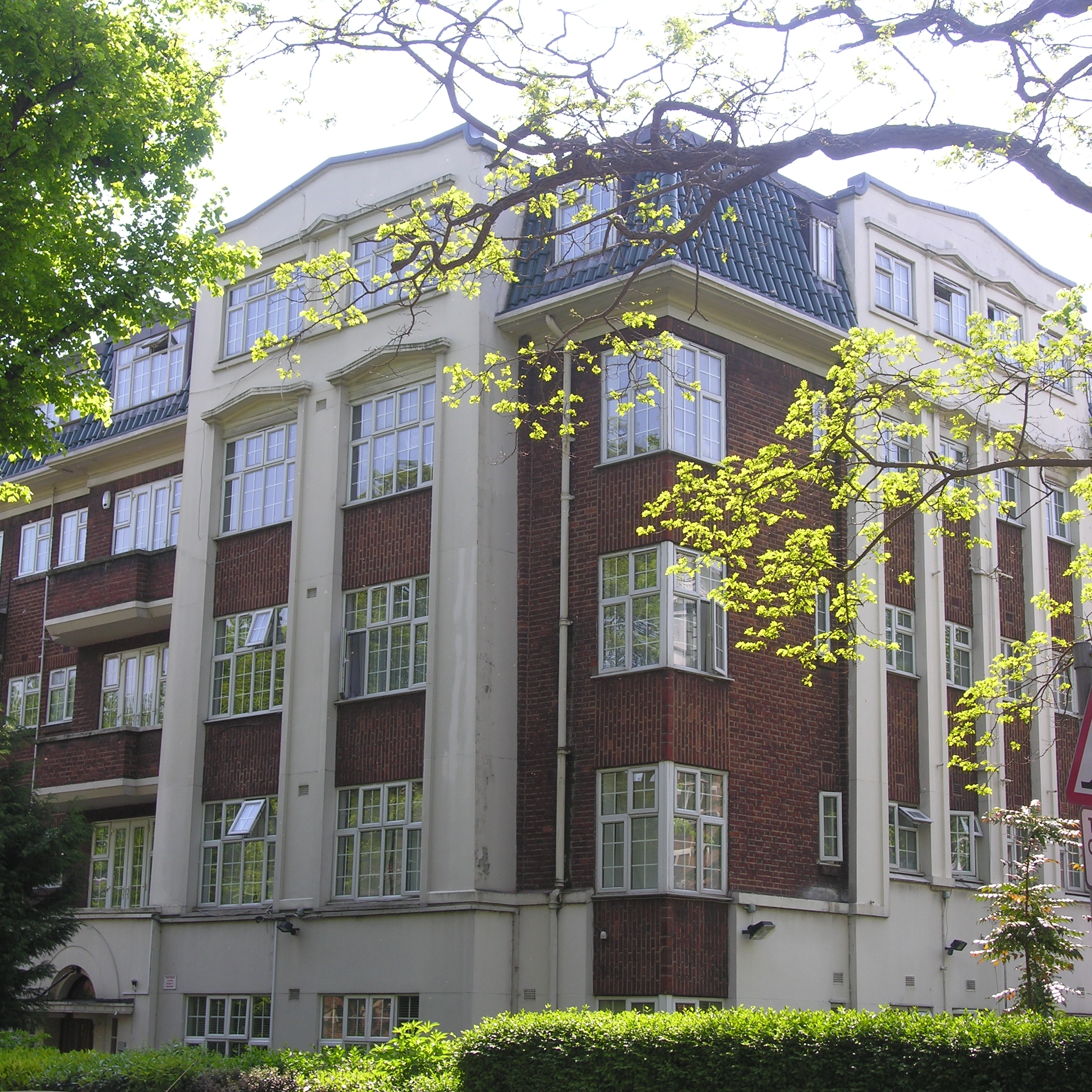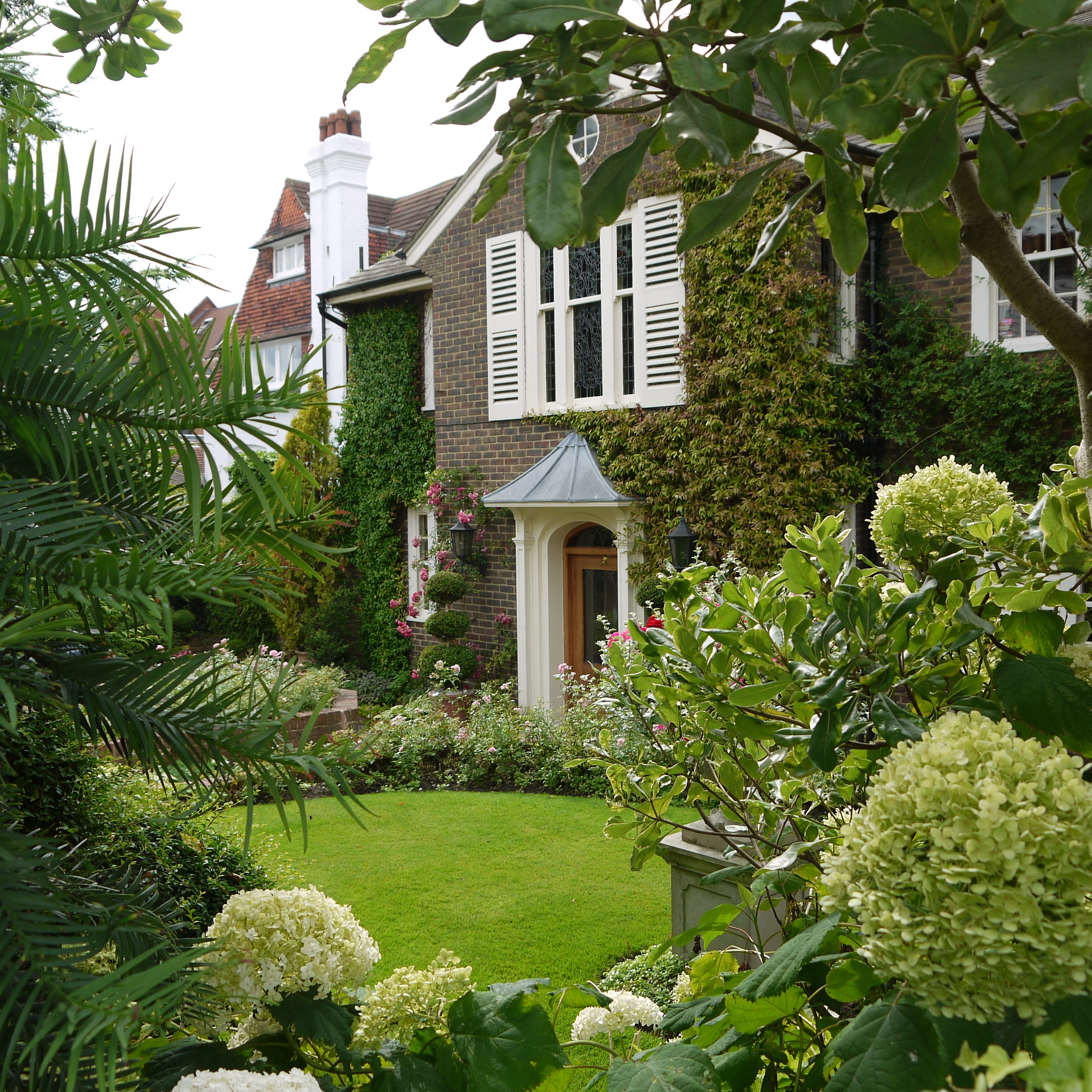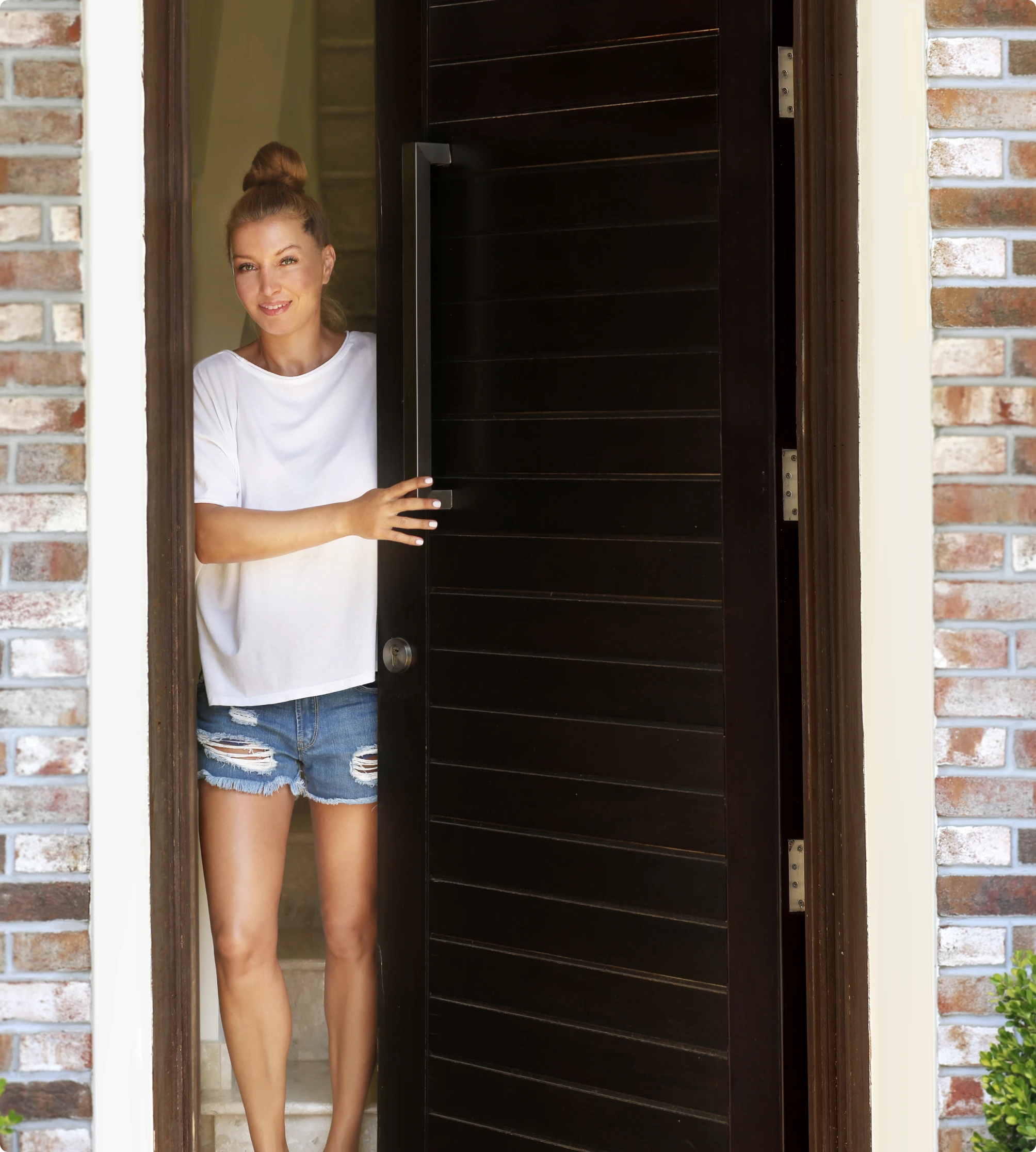



Block and Estate Management is about the minutia done well: the role of a Managing Agent is technical, administrative, practical and political. It takes joined up thinking to do what we do well as well as sufficient resource to react to whatever is necessary day-to-day.
As a Managing Agent we know our true business is building relationships with people. Our people are empowered and know that they can make a difference to how people feel about where they live. We call our 'Property Manager's 'Relationship Managers’ to embody our values which are to build relationships, add value, and to take the initiative. We lead the market in transparency and focusing on risk, cash, repairs and place making, usually in that order, and was the first Managing Agent to introduce a ' money back guarantee ’.
Being who we are would be impossible without our passionately committed people, whose qualifications we sponsor and who we support professionally to be the best they can be, as achieving a national training award and our Silver IIP status confirms.
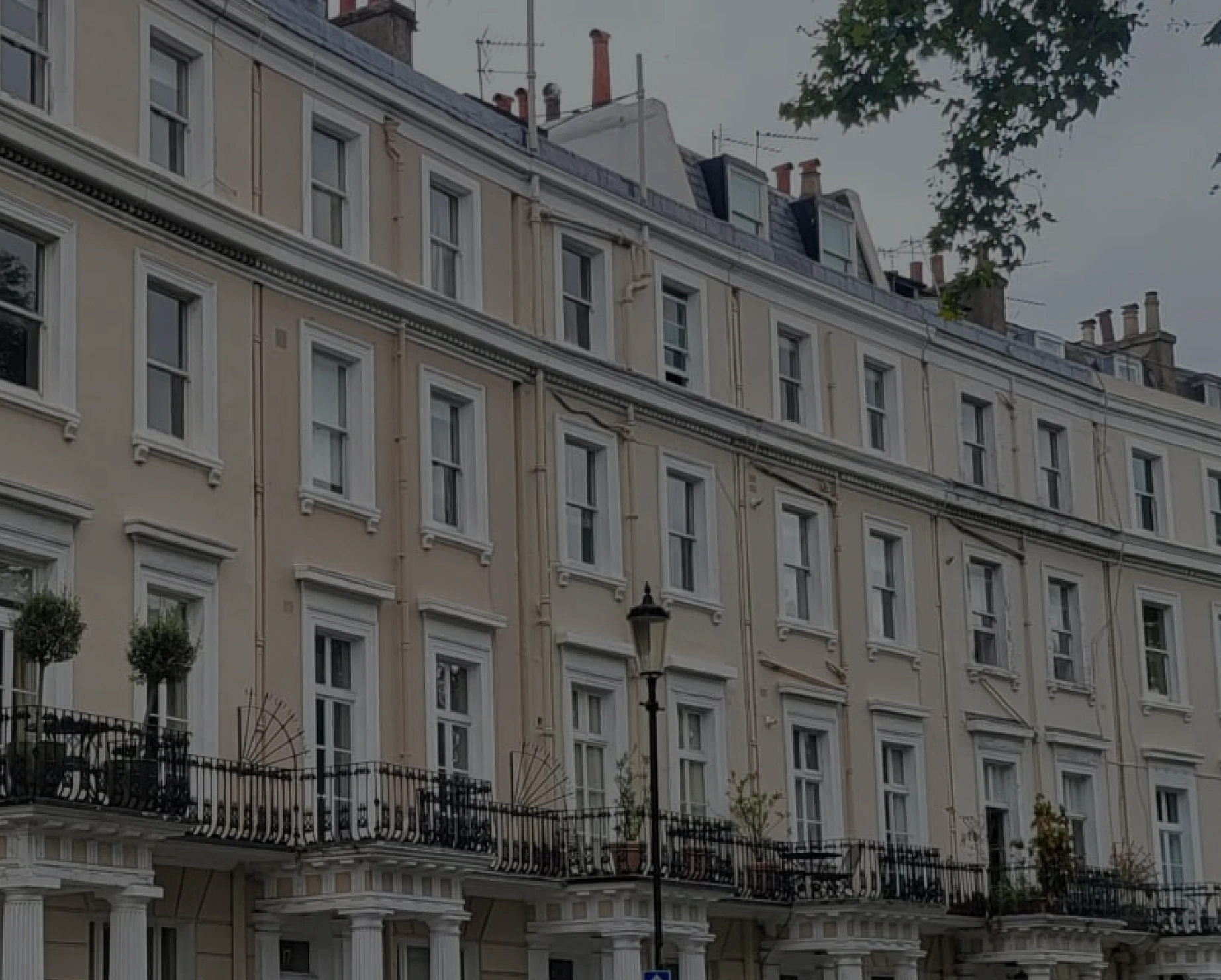

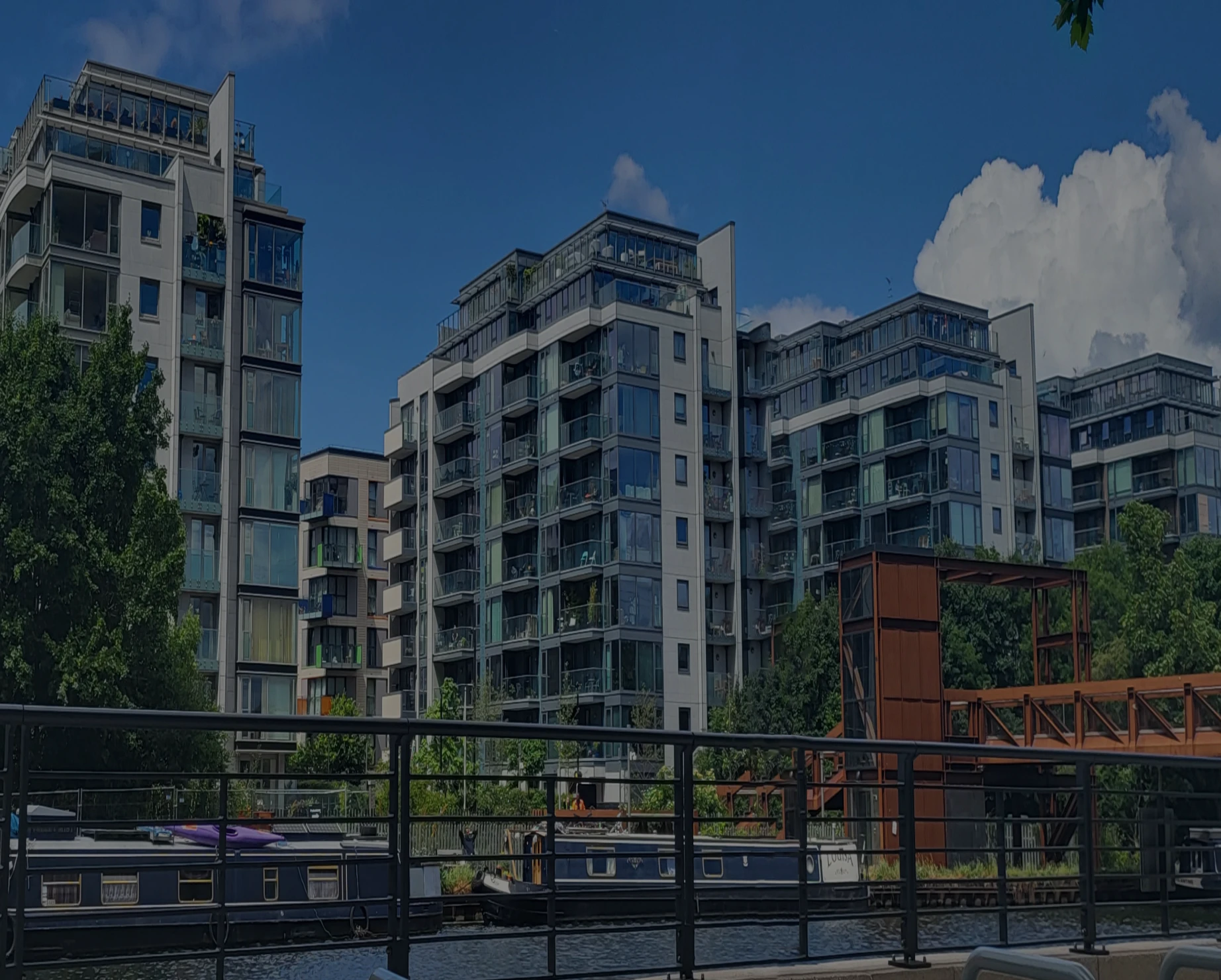

Transition: Our problem not yours
Our onboarding team will visit site to catalogue what we need to manage, set up budget templates, benchmark and database key lease clauses, and for complex sites our Facilities Management team will also inspect to understand in detail plant and equipment on site. Ringley Law will set up company and ownership registers all ahead of your nominated Relationship Manager taking over.
Block Management Packages
An online service, like internet banking: we run demands, arrears, service charge accounts & legal admin, you set the budget and upload invoices to pay
How to change Managing Agent
Changing Managing Agent needn’t be daunting, we have a team dedicated to gathering information, benchmarking leases and setting up plant registers
Learn moreRingley’s Top 10 Tips
There’s a lot you need to know to run the service charge properly: politics, law, building pathology, financial accounting, company matters, here’s a few tips
Learn moreCan’t afford a Managing Agent?
We understand the minimum fees of a full block management service may be prohibitive to small blocks – that’s why we created
www.servicechargesorted.co.uk
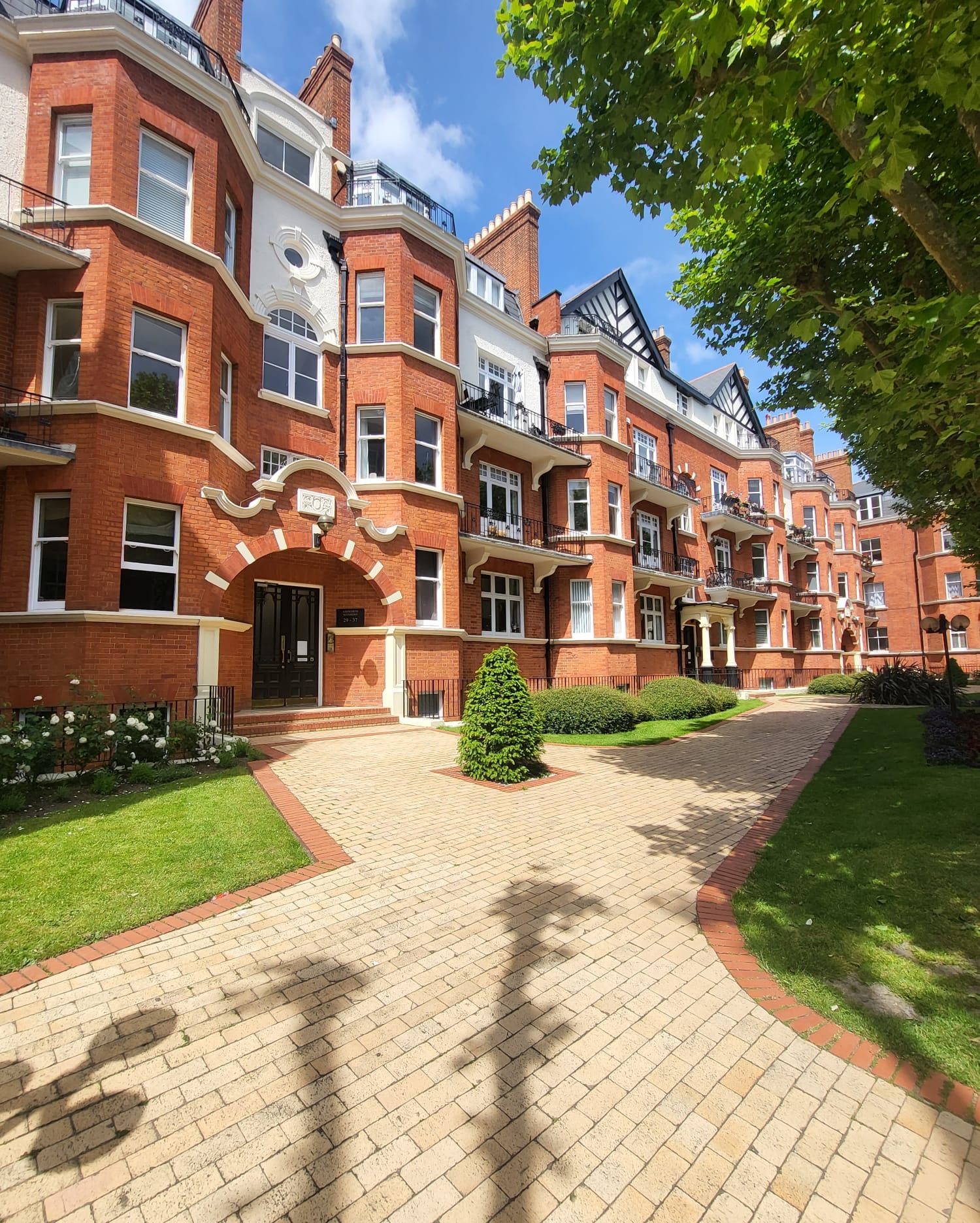
The Ringley Group is regulated by all three major bodies - Royal Institution of Chartered Surveyors (RICS), the Solicitors Regulation Authority, and the Financial Conduct Authority.






We have professional memberships in The Property Institute, The Association of Rental Living, The Institute of Fire Safety Managers, Chartered Association of Building Engineers.








We empower teams out on site
Site staff are the eyes and ears of the developments we manage, they are fully connected to our customer relationship management systems. The work they do is visible to residents, e.g., day books and end of shift inspections on the Ringley Gateway portal.
We see success as the emotional connection of each resident to where they live, so the task is simple... to empower site teams to make a difference on resident at a time.
We hire and place a range of site staff including: Concierge, Caretakers, Housekeeping, Cleaners, Gardeners, Maintenance Engineers and more…
read more about site staff solutions
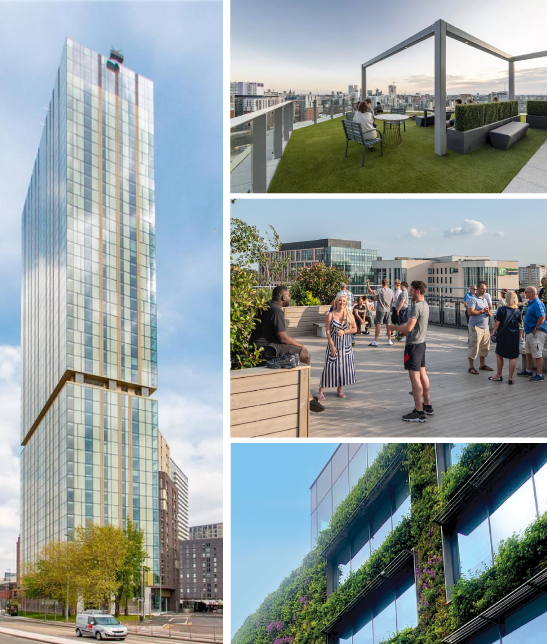
Block Management Reviews

"From what I've seen so far Ringley do a fantastic job managing Prospect Place, the development is in great hands with the team and is well looked after. I've spoken to a few of the team on a number of occasions, namely Maintenance and Diane and Concierge and really appreciate how super helpful, approachable, reliable and friendly they are with any queries or requests I've had, creating a great atmosphere for visitors and residents alike. Ringley clearly takes pride in the developments they manage and the PP team reflect this ethos, resulting in a lovely place to live, work or visit."
| Suzi David 9 days ago |

"Issues reported are fixed within a timely manor - I email my Relationship Manager a lot with issues and she rectifies them as best as she can"
| Alex Gooday 134 days ago |

"We have had a problem with noise from the flat above us in Lady Isle House Ferry Court Cardiff. We contacted a Mr Paul Staniforth who immediately became involved and addressed the situation. We really do appreciate what he has done for us and cannot thank him enough. Once again a big thank you to Mr Staniforth. The noise above was intolerable."
| Shane, 2 days ago |
|
|
We work alongside those deploying capital: our VirginLand by Ringley identify sites, our capital markets team work on equity and debt, our Asset Managers act as Employer’s Agent during the build for Project Monitoring. Towards Practical Completion we will be preparing always to mobilse new assets, take plant handover, recruit great teams and lease up fast.
|
|
We work to enhance the value of our Client’s asset and demonstrate good governance. To us this means engaging with leaseholders, residents and other stakeholders to ensure they are engaged with the management of each development.
|
|
Our aim is to make Management Company Directors feel empowered: to us this means 100% transparency and advising them of the options available to support decision making. We know volunteer directors have a day job, so work to delivery what they need in a timely manner and guide them on the decisions we need.
|
|
Within The Ringley Group we have a range of professional practices to enable transactions: Land Find, Valuers, Surveyors, Engineers and of course Ringley Law.
We work closely with official receivers, asset owners, lenders and tax consultants to support property owners throughout each assets lifecycle. |
Ringley is a group of companies. We are a diverse bunch with far reaching expertise in law, engineering, fire surveying and facilities management. Our data-led in-sourced model will save you money and we will listen, understand your goals and get things done. We are innovative and solutions oriented.
- 100% transparency
- to find solutions
- focused committed people
As a group of companies we are a diverse bunch with enough experts on board to be a one-stop-property-shop. We listen and align to each Client's goals so each of us knows what needs to be done all the while remaining innovative and solutions oriented - as a team - One Ringley.
- 100% transparency
- to network and find solutions
- focused committed people
Our Block Management Team
The key to our success is our people.

Best places to eat out in Hertford East

History of Hertford East

Most prestigious roads in Hertford East

Things to do in Hertford East
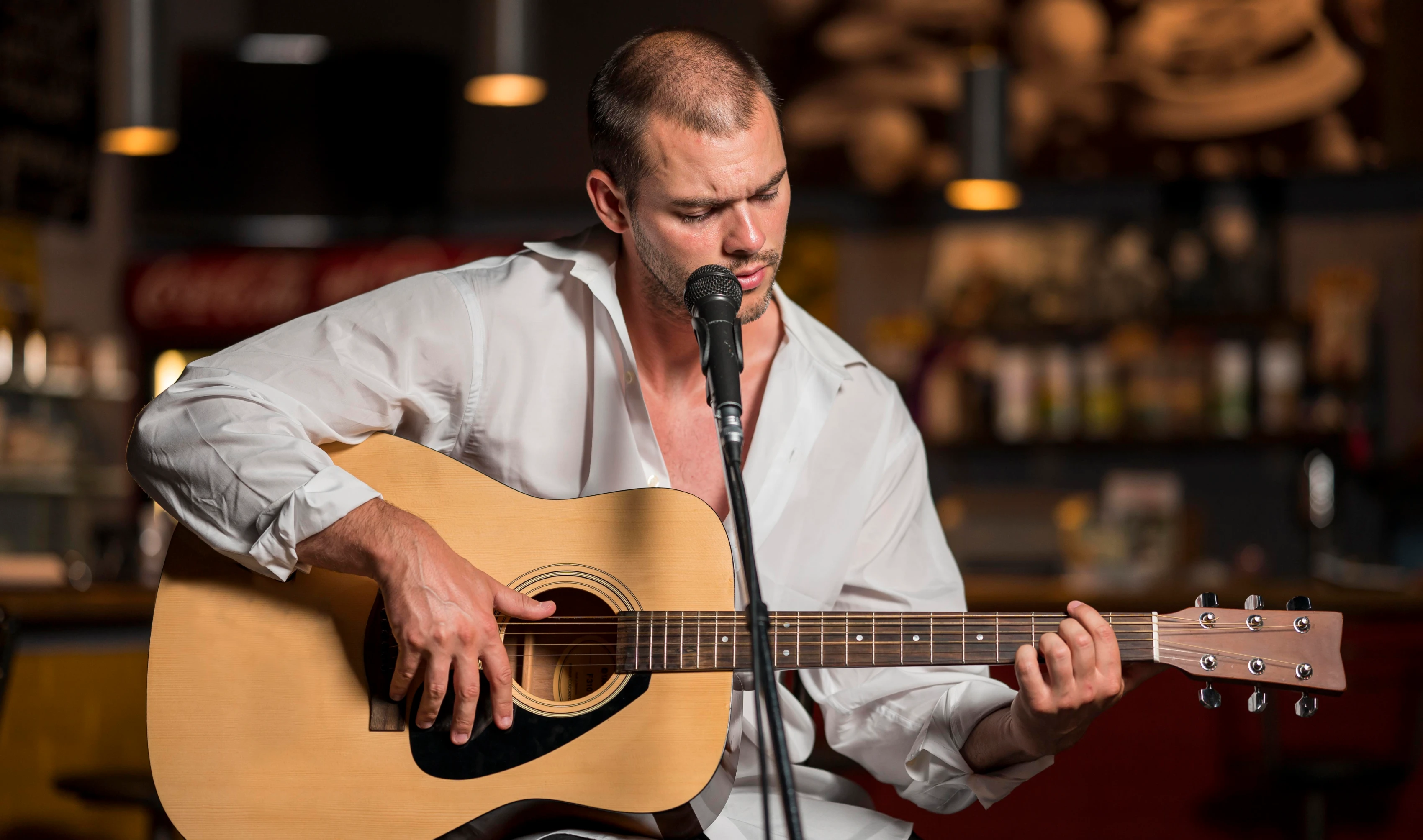
Cultural Scene Hertford East
Hertford East, located in the historic town of Hertford in Hertfordshire, has a rich history closely tied to the development of Hertford itself. The name “Hertford” comes from “Hart” (a stag) and “Ford” (a river crossing), reflecting its location near the crossing of the River Lea. Hertford East specifically refers to the area around Hertford East railway station, which opened in 1843, bringing significant change to the area. Before the railway, Hertford East was a quiet part of the market town, with Hertford’s history rooted in its role as a Saxon settlement and later as a royal borough with a castle.
The opening of Hertford East railway station connected Hertford East to London, encouraging growth and making Hertford East an important commuter hub. Hertford East helped support local trade and movement while preserving the historic feel of the town. Today, Hertford East remains an essential part of Hertford, offering a mix of historic buildings, riverside views, and easy transport links. Hertford East continues to blend the history of Hertford with modern life, making Hertford East a valuable part of Hertfordshire’s heritage.
Visit our main Pages
Ringley Group
Block management
Asset Management
Leasehold Guidance
Ringley Law
Hertford East,is known for its riverside walks, historic town centre, and excellent transport links into London. Hertford East offers a mix of period homes, modern riverside developments, and leafy residential roads. With its charming environment and amenities, Hertford East has become a highly desirable area.
Here are some of the most prestigious roads and areas in Hertford East:
• Mangrove Road – Known for large detached houses with countryside views, offering privacy while being close to Hartham Common.
• Ware Park Road – Features period homes and barn conversions in a semi-rural setting near Hertford East station.
• The Drive – A tree-lined, quiet road with elegant detached and semi-detached family homes close to town and transport.
• Mill Road – Offers attractive riverside properties within easy walking distance to Hertford East station and the town centre.
• Mead Lane (riverside developments) – Modern riverside apartments and townhouses with river views and excellent station access.
Hertford East’s most prestigious roads combine riverside or countryside views, spacious family homes, and excellent station access. These features make Hertford East a highly attractive and vibrant area for families, professionals, and those seeking a balance between town and green space.
Visit our main Pages
Ringley Group
Block management
Asset Management
Leasehold Guidance
Ringley Law
Hertford East, the bustling heart of Hertford, offers a rich tapestry of dining experiences, from riverside pubs and cosy cafés to stylish bistros and international eateries. Whether you’re craving British classics, flavour-packed curries, or fresh sushi, there is something for every palate in this vibrant town.
Lussmanns – A stylish modern British restaurant renowned for its sustainable menu and riverside terrace, perfect for relaxed yet refined dining.
The Salisbury Arms Hotel – A historic pub offering hearty British classics in a cosy, characterful setting.
Pizza Express – A well-known Italian chain serving reliable pizzas, pastas, and salads in a casual atmosphere.
Turkish Kitchen – A popular local spot known for authentic Turkish grilled meats, fresh salads, and warm hospitality.
Café Rouge – A French-style bistro serving classic dishes in an elegant yet welcoming environment.
Cinnabar – A vibrant bar-restaurant offering tapas, gourmet burgers, and cocktails, ideal for social dining.
The Raj – A long-established Indian restaurant known for its rich curries and traditional flavours.
Serendipity – A charming tearoom specialising in homemade cakes and afternoon tea, perfect for a quiet treat.
Mr Tanaka’s – A Japanese fusion restaurant offering katsu curry, poke bowls, and fresh sushi.
Anexo – A tapas restaurant located in the historic “Egyptian House,” offering a unique dining atmosphere.
Old Siam – An authentic Thai restaurant with a beautifully decorated interior and a wide selection of traditional Thai dishes.
Mudlarks Café – A community café offering fresh breakfasts and lunches while supporting adults with learning disabilities.
Elle’s Kitchen – An Asian-fusion restaurant serving inventive, flavourful dishes in a relaxed setting.
Oishii by Elle – A sushi bar serving beautifully presented Japanese dishes with attentive service.
Hertford East’s dining scene truly has something for everyone, whether you are seeking a cosy brunch, a family-friendly dinner, or a special meal to mark an occasion.
Visit our main Pages
Ringley Group
Block management
Asset Management
Leasehold Guidance
Ringley Law
Hertford East,is a historic riverside area blending medieval charm with green spaces and cultural activities. Known for its rivers, castle, and lively community events, it offers a peaceful yet engaging experience for visitors and locals alike. Here are some top things to do in Hertford East:
Hertford Castle in Hertford East is a Norman castle with beautiful public gardens, hosting community events and open days for visitors to explore its history.
Hartham Common in Hertford East is a large riverside park offering walks, a leisure centre, playground, and sports pitches for active days out.
Hertford Museum in Hertford East is set in a 17th-century townhouse, showcasing local history through interactive exhibits and a peaceful heritage garden.
Hertford Theatre in Hertford East is a modern venue offering live theatre, films, music, and community events throughout the year.
River Lea Towpath in Hertford East is ideal for scenic walks and cycling, following the river through picturesque countryside and wildlife spots.
Mill Bridge Rooms in Hertford East is a community space hosting local clubs, craft fairs, and activities for all ages.
Hertford East Farmers’ Market in Hertford East takes place monthly, offering fresh local produce, crafts, and artisan goods in a friendly setting.
Canoeing on the River Lea in Hertford East allows you to explore the waterways by paddleboard or canoe, with calm stretches perfect for beginners.
New River Path in Hertford East is the starting point of a historic walking route that traces the 17th-century waterway towards London.
Cole Green Way near Hertford East is a traffic-free cycling and walking route along a former railway line, surrounded by nature.
Balls Wood Nature Reserve near Hertford East offers peaceful woodland walks with seasonal bluebells and diverse wildlife.
Hertford Heath Nature Reserve near Hertford East is a lowland heath area known for its rare reptiles, wildflowers, and tranquil trails.
The Brothership Arts Hub in Hertford East is a creative space showcasing local artists, workshops, and exhibitions for art lovers.
Hertfordshire Chain Walk starting near Hertford East provides circular countryside walks with beautiful views of the county’s landscapes.
Hertford East offers a perfect mix of heritage, green spaces, and riverside tranquillity—ideal for peaceful days out or exploring local history and culture.
Visit our main Pages
Ringley Group
Block management
Asset Management
Leasehold Guidance
Ringley Law
Hertford East, Hertfordshire, is known for Hertford East’s historic architecture and Hertford East’s riverside views, making Hertford East a culturally rich area. Hertford East’s local cafes, shops, and markets contribute to Hertford East’s vibrant community life, while Hertford East’s green spaces add to the welcoming character of Hertford East.
Hertford East’s cultural calendar includes Hertford East’s arts festivals and Hertford East’s live music events, bringing the Hertford East community together. Hertford East’s galleries and Hertford East’s theatres showcase local talent, while Hertford East’s workshops and exhibitions strengthen Hertford East’s artistic community within Hertford East.
Cultural life in Hertford East is supported by Hertford East’s museums and Hertford East’s heritage sites, which celebrate Hertford East’s history. Hertford East’s libraries and Hertford East’s community centres host talks and performances, ensuring Hertford East continues to grow as a lively and dynamic cultural hub in Hertfordshire.
Visit our main Pages
Ringley Group
Block management
Asset Management
Leasehold Guidance
Ringley Law



